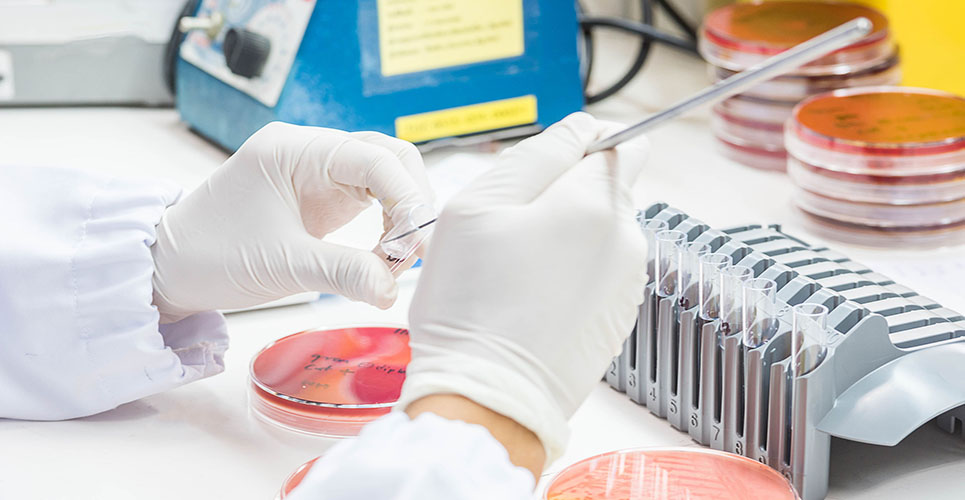teaser
Powerful new antibiotics might result from US research into bacterial defence systems reported in the journal Cell.
It investigates how bugs ward off killer viruses and focuses on key two components – an RNA genetic molecule that targets attacking viruses and proteins that neutralise them.
Knowing how the mechanism works may also help industries that rely on bacteria, for instance those that to clean up pollution or manufacture chemicals or medical products.
Says Dr Rebecca Terns at the University of Georgia: “It functions like our own immune system, constantly watching for and neutralising intruders.
“You can look at one as a police dog that tracks down and latches on to an invader, and the other as a police officer that follows along and ‘silences’ the offender.”
And according to husband and co-research Professor Michael Terns: “Understanding how bacteria defend themselves gives us important information that can be used to weaken bacteria that are harmful and strengthen bacteria that are helpful.
“We also hope to exploit this knowledge to develop new tools to speed research on micro-organisms.”
Copyright © Press Association 2009
Cell

